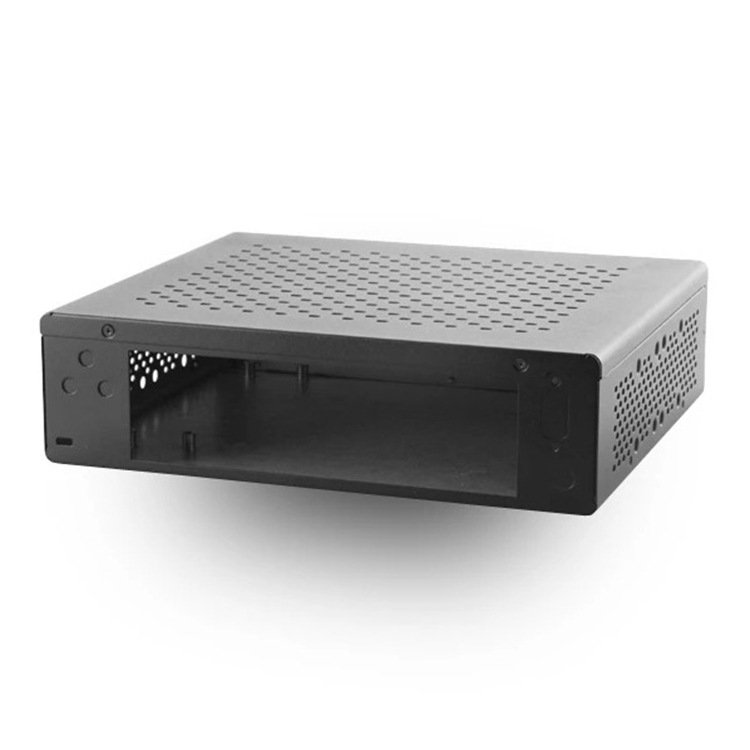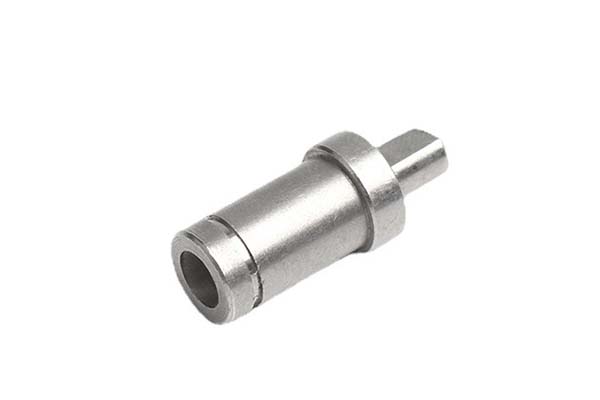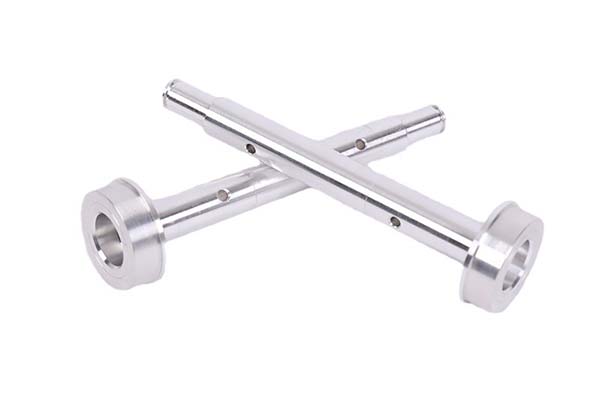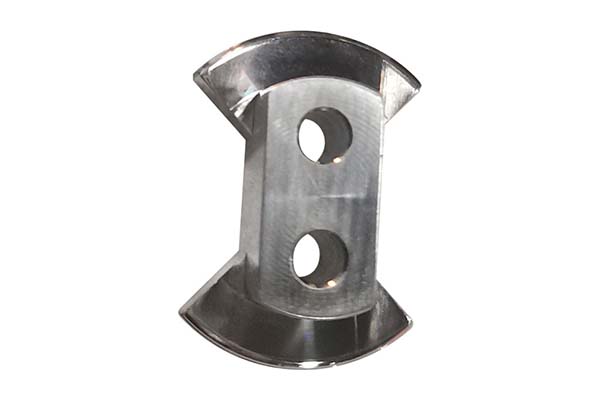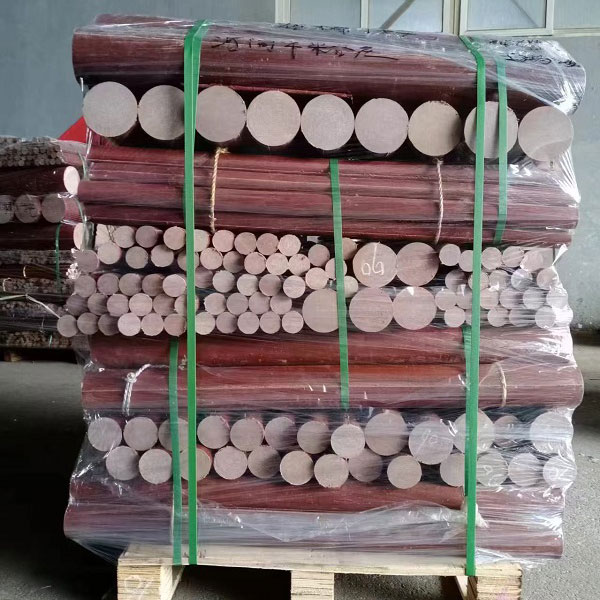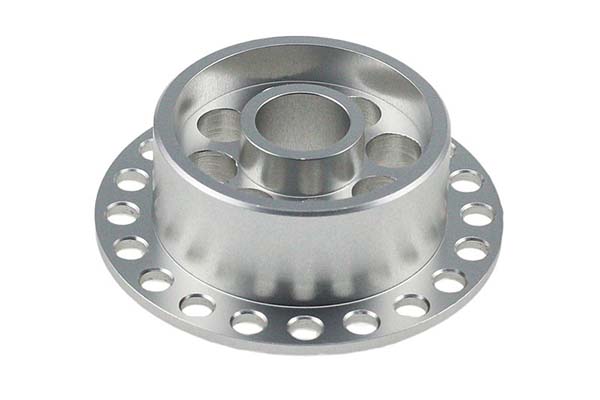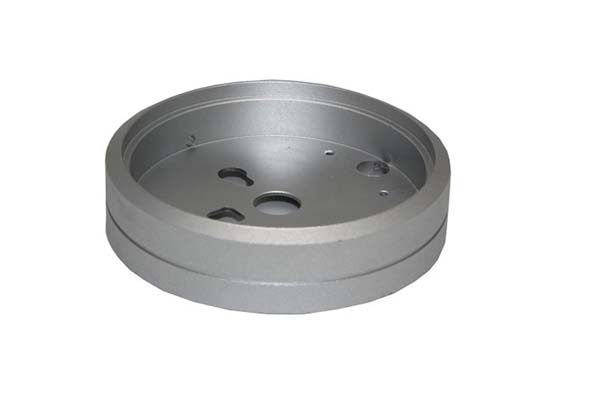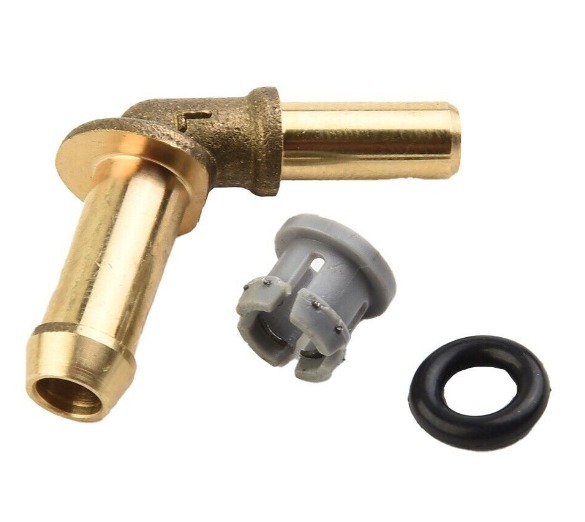Milling is a fundamental machining process used to manufacture precise parts across various industries. However, the cost of milling operations can vary significantly based on several factors. These factors range from the complexity of the part being manufactured to the costs of raw materials, labor, and machine setup times. Understanding and optimizing these factors are crucial for manufacturers looking to reduce costs without sacrificing quality. Below, we delve into the key elements that impact milling costs.
Overview of Milling Cost Factors
The cost of milling operations is driven by several interrelated factors, including:
- Material costs
- Part complexity and design
- Labor and skill requirements
- Machine setup and runtime
- Tooling and consumables
- Quality control measures
- Post-processing and finishing
- Batch size and economies of scale
- External factors, such as market demand and regulations
Each of these factors plays a significant role in determining the final cost of a milling project. Optimizing these factors can help manufacturers streamline operations, improve profitability, and offer competitive pricing.
Introduction to Milling Operations
Milling is a subtractive machining process in which material is removed from a workpiece using rotary cutters. It is commonly used for producing parts with complex geometries, precise dimensions, and smooth surface finishes. Milling is performed on a wide variety of materials, including metals, plastics, and composites.
The process can be carried out on vertical, horizontal, or 5-axis CNC milling machines, depending on the complexity of the part and the required precision.
Importance of Cost Estimation in Milling
Accurate cost estimation is essential for manufacturers to evaluate the profitability of a project and ensure competitive pricing. It also aids in resource allocation, helping manufacturers decide which projects to prioritize based on budget and time constraints. Proper cost estimation allows manufacturers to identify areas where costs can be minimized, such as optimizing machining processes or reducing material waste.
Material Costs
Types of Materials and Their Prices
Material choice significantly affects milling costs. Different materials come with different price tags, and their machinability varies. For example:
- Metals: Aluminum, brass, and steel are commonly used in milling. Aluminum is relatively inexpensive and easy to machine, leading to lower costs. In contrast, harder materials like titanium or high-strength steel are more difficult to machine, leading to higher material and tooling costs.
- Plastics and Composites: Materials such as ABS, nylon, and carbon fiber composites have different machining characteristics and price points. While plastics are typically less expensive to mill, composites may require specialized tools and slower machining speeds, adding to the cost.
- Specialized Materials: Advanced alloys, ceramics, and exotic metals often require custom tooling, slower feeds, and higher cutting forces, which can drive up costs.
Impact of Material Selection on Milling
Beyond material cost, the choice of material impacts the milling process itself. Some materials require specialized tooling or slower cutting speeds to avoid excessive wear on tools or machinery. For example, harder materials like titanium often need slower feed rates, increasing machining time and labor costs. Additionally, materials that produce large amounts of chips or dust (like some metals and plastics) may require additional cleanup, waste disposal, or dust extraction, further adding to the overall cost.
Machining Complexity and Design
Complexity and Tolerances
The complexity of a part's design and the required tolerances can heavily influence milling costs. Parts with complex geometries or intricate features (e.g., pockets, deep holes, or angled cuts) require more time and precision to machine. Tighter tolerances necessitate the use of high-precision machines, which are more expensive to operate. Moreover, complex parts may require additional setups, further extending the production time.
Design Features Affecting Cost
Certain design elements directly influence milling costs. These include:
- Deep pockets: Machining deep pockets or cavities can require specialized tooling and more time.
- Thin walls: Thin-walled parts are more delicate and prone to deformation during machining, requiring slower feeds and careful handling.
- Multiple setups: Parts that need to be machined on multiple faces require multiple setups, increasing labor time and machine usage.
Overall, the more complex and intricate the design, the higher the cost.
Labor and Skill Requirements
Skilled Labor vs. Automation
Labor costs can vary depending on the skill level of the machinist required. Highly skilled workers with specialized knowledge in CNC programming and operation typically command higher wages than less experienced operators. However, investing in automation can reduce labor costs over time by increasing production speed and reducing errors.
Labor Costs in Different Regions
Labor costs also vary depending on the geographical location of the manufacturing facility. In regions like North America or Western Europe, labor costs tend to be higher due to higher wages and labor regulations. On the other hand, manufacturers in countries with lower labor costs (e.g., China, India) can reduce operational expenses, although this may come with trade-offs in quality control or communication.
Machine Setup and Run Times
Machine Hourly Rates
Machine costs are typically calculated based on hourly rates, which take into account the cost of machine depreciation, maintenance, energy consumption, and operator wages. These costs can be substantial, especially for high-end CNC machines. The longer the machine runs, the higher the operational cost. For high-volume production, efficient machine use and optimized setups can help mitigate these expenses.
Efficiency and Throughput
Efficient machine setup and optimized tool paths can significantly reduce milling costs. Faster machining times and minimized idle times lead to lower per-unit costs. Efficient programming, tool selection, and machine operation are all critical to improving throughput and reducing production time.
Tooling and Consumables
Cutting Tools and Their Costs
The cost of cutting tools is a major consideration in milling. Tools such as end mills, drills, and face mills vary greatly in cost depending on the material being machined and the tool's quality. Premium tools made from high-performance materials like carbide or diamond can offer longer tool life and faster cutting speeds, but they come with a higher initial cost. The trade-off lies in the fact that these tools may reduce the need for frequent replacements, lowering long-term costs.
Tool Life and Replacement Frequency
Tool life is another crucial factor in milling costs. Tools that wear out quickly will require more frequent replacements, increasing material costs and downtime. Effective tool management practices, including regular inspection, sharpening, and replacement, can help extend tool life and reduce overall costs. Predictive maintenance techniques and monitoring tool wear can also help optimize tool usage.
Quality Control and Inspection
Inspection Methods and Equipment
Quality control ensures that parts meet the required specifications and tolerances. Advanced inspection methods, such as coordinate measuring machines (CMM) or laser scanning, ensure high-quality outputs but also come with their own costs. The investment in inspection technology can be significant, especially if the products require extremely tight tolerances or specific certifications.
Impact on Overall Milling Cost
Though quality control adds costs in terms of equipment and labor, it ultimately saves money by reducing the likelihood of defects, scrap, or rework. An effective quality assurance system prevents costly mistakes and ensures that parts meet customer expectations and regulatory standards.
Post-Processing and Finishing
Costs Associated with Finishing Processes
After milling, many parts require post-processing to achieve the desired surface finish, deburring, or coating. Post-processing costs can vary depending on the required finishes, with more complex finishes (e.g., polishing or coating) requiring additional labor and equipment. These steps often add to the final cost of the part.
Surface Finish Requirements
The required surface finish can significantly impact costs. Parts that need a high-quality finish (e.g., mirror-polished surfaces) will require more post-processing, resulting in higher costs. Rougher finishes may be less expensive but could affect functionality or appearance.
Batch Size and Economies of Scale
Cost per Unit Variations
Batch size has a direct effect on the cost per unit in milling. Larger batches generally benefit from economies of scale, as the fixed costs (such as setup time, machine depreciation, and tool costs) are spread over more units. For small batches, the cost per unit tends to be higher because the setup costs are distributed over fewer parts.
Impact of Production Volume
Higher production volumes generally lead to lower per-unit costs, as fixed costs are amortized over more units. However, this only holds true if the milling process is optimized for high-volume production, which includes reducing setup times, improving machine efficiency, and minimizing downtime.
External Factors
Market Demand and Pricing
Fluctuations in market demand for materials and products can influence the cost of milling operations. High demand for certain materials can drive prices up, while low demand may lead to reduced prices but could also result in competitive pricing pressures.
Regulatory and Environmental Costs
Manufacturers must comply with various environmental and safety regulations, which can add to milling costs. These include costs associated with waste disposal, emissions control, and ensuring compliance with workplace safety standards. Compliance may also require investments in sustainable practices or technologies, which, while beneficial in the long term, contribute to higher initial costs.
Case Studies and Cost Analysis
Real-World Examples of Milling Cost Management
- Tooling Optimization: A manufacturer could reduce tooling costs by selecting the right tool for the material and optimizing tool paths. By using carbide end mills instead of high-speed steel, one company was able to extend tool life and reduce the frequency of tool changes, leading to significant savings.
- Automation Integration: Another manufacturer integrated robotic automation into their milling process to reduce labor costs and improve throughput. Automation enabled faster setup times and consistent part production, significantly lowering the cost per unit.
Lessons Learned from Industry Practices
- Continuous Improvement: Investing in technology and training employees to adopt lean manufacturing principles can result in long-term cost savings. For example, regularly reviewing machine performance and adopting advanced programming techniques can reduce cycle times and improve overall efficiency.
- Efficient Scheduling: Optimizing production schedules to reduce downtime and ensure machines are running efficiently can also reduce costs. Proper machine maintenance and operator training are key to reducing both downtime and errors.
Conclusion
The cost of milling operations is influenced by a variety of factors, from material costs and machine efficiency to labor and tooling expenses. By carefully analyzing each factor and adopting strategies for optimization, manufacturers can reduce costs and improve profitability without sacrificing product quality.

